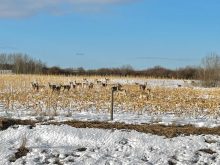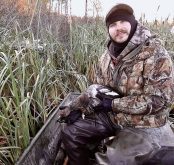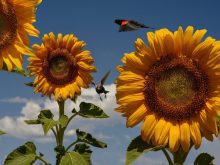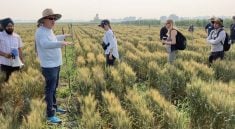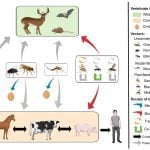Milkweed is appearing in many Manitoba fields.
“For the longest time, we’ve really only seen it in ditches,” said Manitoba Agriculture weed specialist Kim Brown-Livingston. “But now we are seeing a lot more of this in fields.”
It has cropped up particularly in central Manitoba, she added.
Read Also
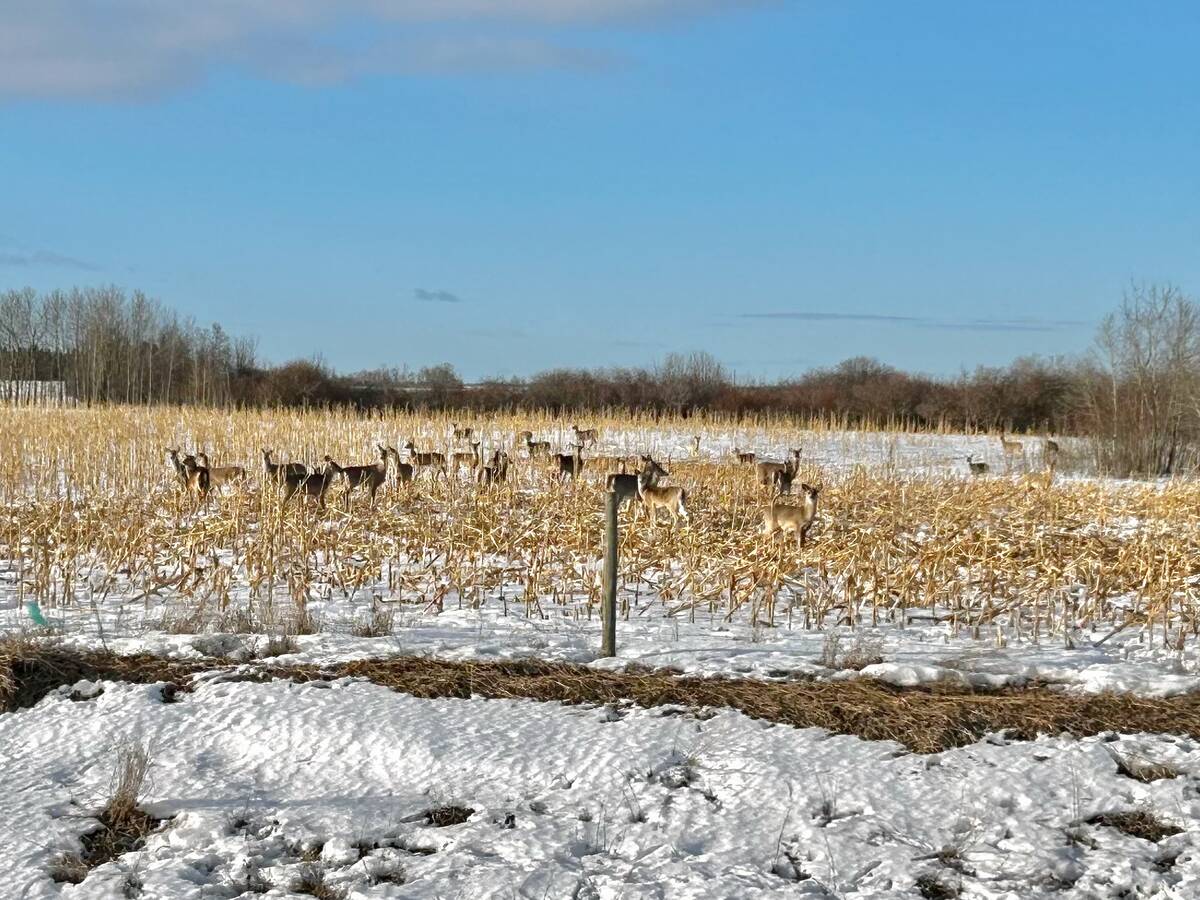
Manitoba launches CWD tracking tool
A newly launched digital dashboard allows hunters to track where chronic wasting disease has been confirmed in Manitoba
Why it matters: Milkweed is critical for the endangered monarch butterfly, but can become a problem if left unchecked in the field.
Milkweed is a perennial that reproduces through seed and underground root stocks. It also makes for a tricky balancing act from a conservation standpoint. Milkweed species are the only hosts for the monarch butterfly, which is classified as endangered.
As a weed, however, milkweed can cut into yield and crop quality if it gets into fields. Sightings indicate the plant is moving out of ditches, which is cause for concern. If growers see it in their ditches, Brown-Livingston recommends patch control.
“Don’t let that set seed. There are lots of seeds; they’re extremely viable; they can germinate very readily and they have a very deep root system,” she warned. “They become a perennial plant very quickly after germination.”
One of the big problems with milkweed is lack of good chemical control options.
“We used to have Amitrol, but we do not have that anymore. I know there have been guys hoarding jugs of Amitrol in their sheds to do spot spraying, but we are not supposed to be using it anymore,” she said.
The company that made Amitrol 240 decided in 2016 to pull the non-selective Group 11 herbicide. The decision followed a federal re-evaluation that limited use of the product’s active ingredient to spruce bareroot nursery stock.
“After that, you’re really looking at either glyphosate or something like dicamba,” said Brown-Livingston.
These products have limitations for in-season spraying, depending on crop, but she said pre-harvest application of glyphosate can also help.
“Again, this is a perennial weed, so if we can’t do something to control that root system, these will start to occur in really large patches,” she said. “It is really important to get on these patches before they get out of control and it becomes field-wide.”
Brown-Livingston said she’s received photos from producers north of Dauphin who wonder what the weed is because they haven’t come across it before. Once a farmer knows what it looks like, however, it’s fairly easy to identify, even in the early stages.
“It has these big leathery leaves and it’s got quite a prominent mid-vein,” she said. “The veins are very orderly, quite nice and neat.”
The leaves do not show much net venation (a net-like pattern of veins on the leaf) and are opposite facing, she added.
When scouting for the weed, the Manitoba Agriculture website recommends taking a minimum of 20 weed counts across the field. It advises producers to scout field edges, fence rows and dry areas for patches. The weed is extremely patchy and easy to notice.




